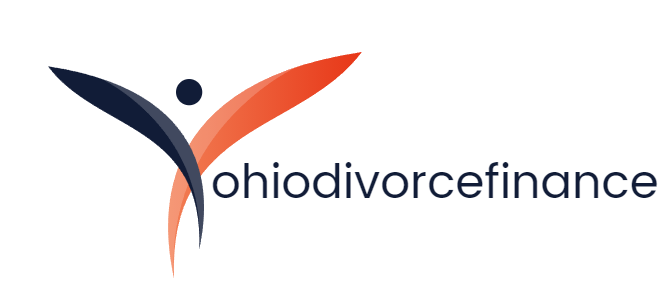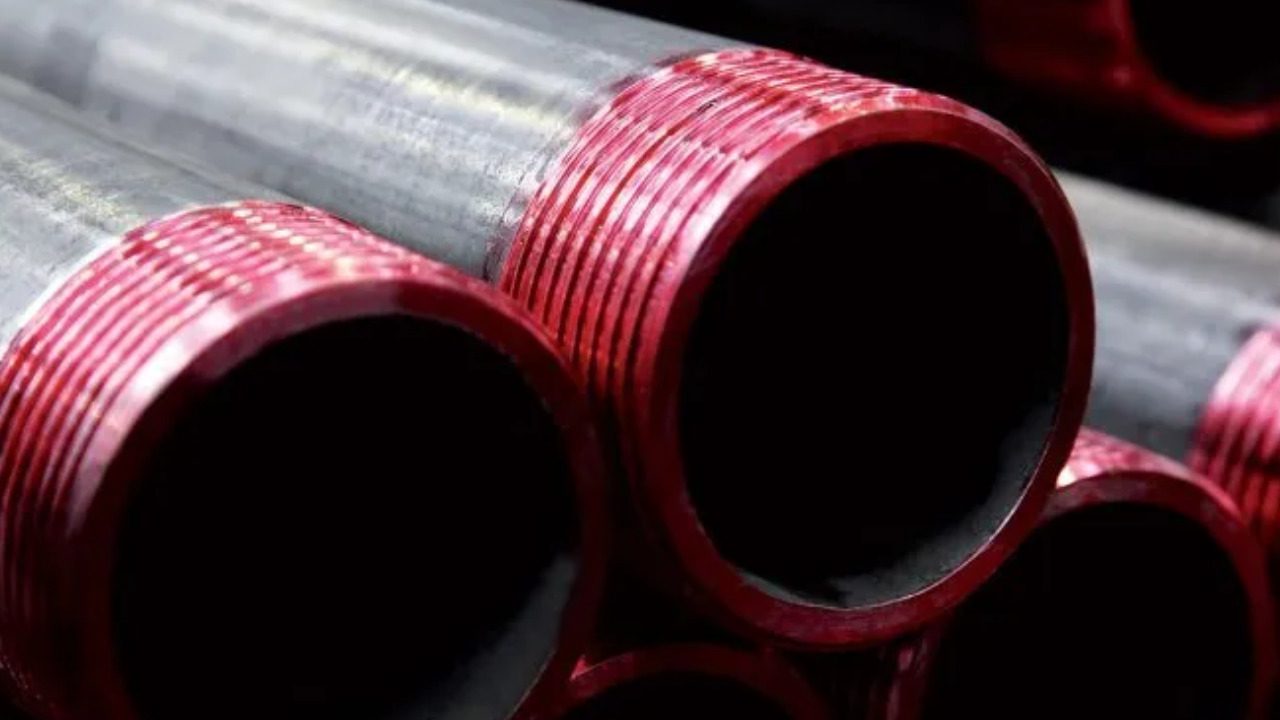A line pipe is a specific kind of pipe that is frequently used in the oil and gas industry. It is made to convey fluids safely and effectively. Line pipes are commonly composed of materials such as carbon steel, alloy steel, or stainless steel, which enable the transportation of liquids or gases across extended distances. They provide a vital link between extraction sites, processing facilities, and end users in the energy infrastructure.
There are two main varieties of line pipes: seamless, which is made without welding seams for enhanced strength, and welded, which is made by welding steel plates together. Thorough testing guarantees these pipes' quality and integrity, which is essential for preserving fluid transportation systems' dependability and safety view details Proceed to the UNIACERO with the line pipe.
How Are The Integrity And Quality Of Line Pipes Tested?
Strict testing is done on line pipes to guarantee their integrity and quality. Radiography, hydrostatic, ultrasonic, and magnetic particle tests are examples of common tests. By identifying any flaws, these tests guarantee that the pipes adhere to safety regulations and industry norms.
Pipe Line Maintenance Required Regularly
For several reasons, pipeline maintenance is essential to maintaining the system's integrity, dependability, and safety. The following are some important factors emphasizing the necessity of routine pipeline maintenance:
Maintaining the Integrity of Structure:
The efficient functioning of pipelines is contingent upon their structural integrity. Regular maintenance helps detect and resolve problems including corrosion, erosion, and mechanical damage. It can take many forms, from visual inspections to sophisticated technology like smart pigging. Maintenance protects against leaks and ruptures by maintaining structural integrity, guaranteeing the safe transportation of commodities.
Reducing Ecological Hazards:
Pipelines cross a variety of terrain, including both urban areas and isolated wilderness. A pipeline breakdown can have disastrous environmental effects, contaminating the land and water. The environmental impact of pipeline operations is minimized when proactive measures like cathodic protection systems are used in conjunction with routine maintenance to drastically lower the likelihood of spills and leaks.
Promoting Public Trust and Safety:
When moving dangerous goods, safety must always come first. A dedication to the public welfare is shown by routine maintenance and inspections, which also help to spot possible safety risks. A well-kept pipeline network enhances the industry's reputation, and it is essential to establish and preserve public trust in pipeline operations.
Adherence to Regulated Standards:
To preserve the environment and public safety, the pipeline business is bound by strict restrictions. It is frequently legally necessary to maintain these requirements through routine maintenance. Encouraging a culture of responsible and sustainable pipeline management is achieved by proactive adherence to laws, which also averts penalties.
Avoiding Unexpected Downtime:
The constant flow of resources depends on pipelines. Pipeline breakdowns can cause unplanned downtime with serious economic consequences. Frequent maintenance reduces the possibility of unforeseen disruptions and guarantees a consistent and dependable supply of resources. This includes predictive methods and emergency response plans.
Increasing Operational Effectiveness:
Pipelines that are kept up to date run more efficiently. The efficient use of resources is facilitated by taking early action to resolve problems and putting preventative measures in place. This, in turn, maximizes operational effectiveness, lowers energy usage, and improves pipeline systems' overall economic viability.
Increasing the Asset Lifespan:
Pipelines require large initial investments that have long-term effects. Asset longevity is increased by routine maintenance, which is similar to providing healthcare for infrastructure. This safeguards the original investment and reduces the need for pricey replacements, encouraging the transfer of resources in an environmentally friendly and sustainable manner.
Making the Most of Technological Advancements:
Pipeline maintenance is undergoing a revolution thanks to the incorporation of cutting-edge technologies. These technologies improve the precision and effectiveness of maintenance tasks by enabling operators to spot any problems before they become more serious. Examples of these breakthroughs include real-time monitoring systems and analytics powered by artificial intelligence.
Conclusion
A robust and sustainable pipeline network is built on routine maintenance. It ensures the continuous flow of essential resources while protecting structural integrity, guaranteeing environmental safety, and optimizing operational efficiency. Adopting this commitment fosters a culture of accountability that is vital to the success and longevity of our pipeline system, in addition to meeting regulatory requirements and maintaining public trust.


